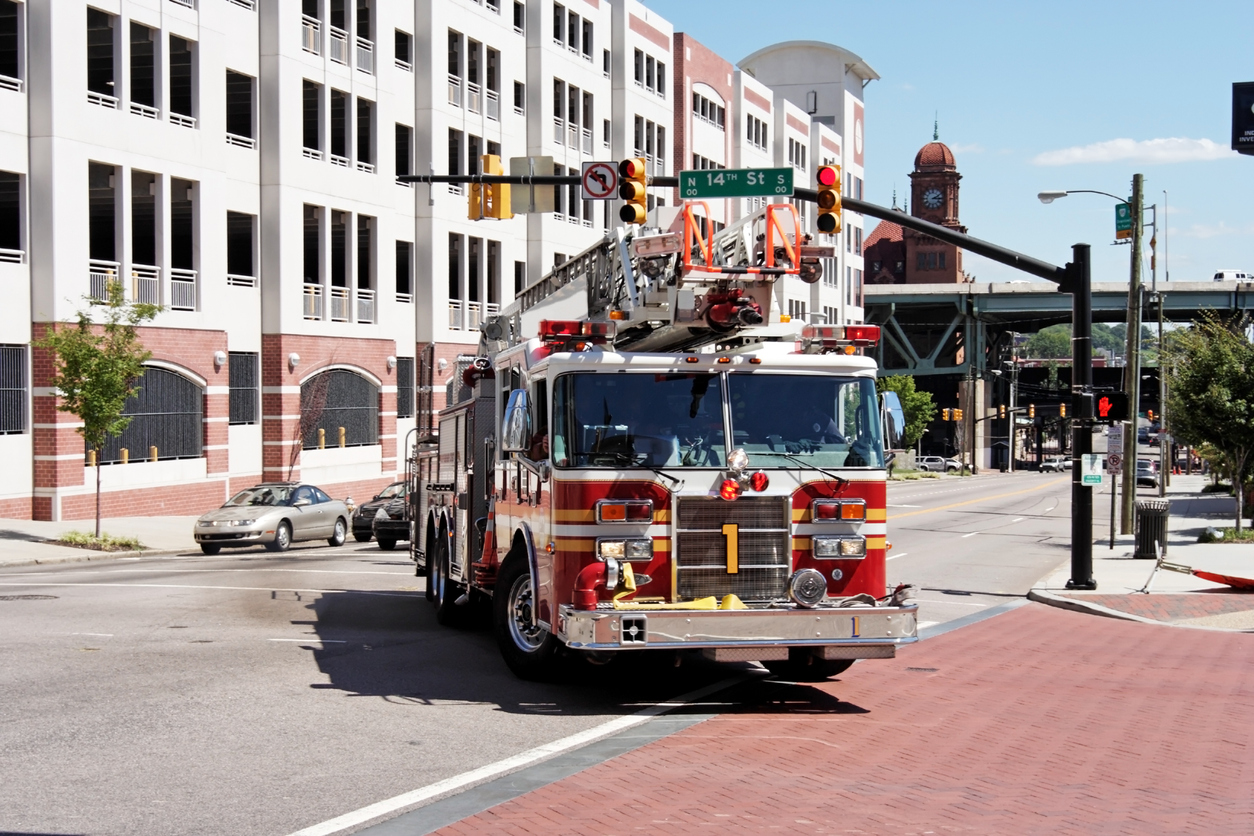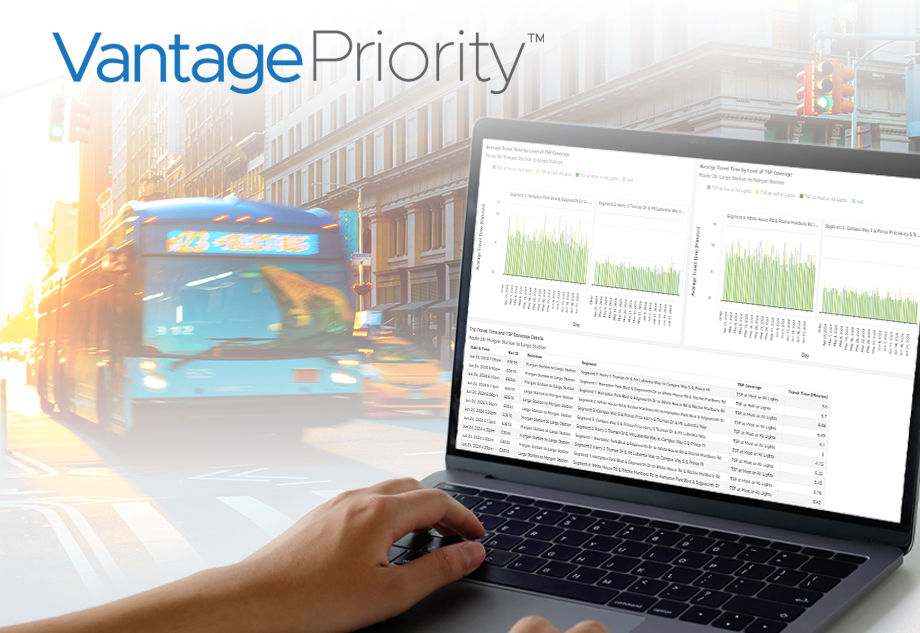
3 Ways Cities Can Mitigate Red-light Running at the Intersection

Last year, I wrote a blog outlining the root causes of red-light running and highlighting some possible solutions that have been proven to reduce the negative impacts of this dangerous driving phenomenon. This year, I wanted to revisit the issue now that new data have been published by the Federal Highway Administration (FHWA) and dive deeper into what can be done at the intersection to reduce fatal crashes from red-light running.
Looking at the changes from 2017 to 2018, thankfully we see that fatal vehicle incidents have dropped by about 5%. Unfortunately, however, the new FHWA data shows that vulnerable road users are more at risk, with fatal incidents involving red-light running increasing by about 15%.
Intersections are pivotal to our infrastructure, but they often present large safety risks to vehicles, pedestrians and bicyclists. The identification and prevention technique presented in last year’s blog offers a great solution on how to mitigate the fatal impact these events can have on all road users.
Presentation Spotlight - See how Lakeland has implemented this in their area:
To watch the full presentation, click here.
The question is, how do you identify where pedestrians and bicyclists are most at risk?
Until the past few years, the only option to identify intersections where vehicles, pedestrians and bicyclists are most at risk was through manual traffic studies or historical data. Both either take a large capital expense or are reactive in nature. When lives are at stake, and in the example the City of Lakeland’s Angelo Rao provides in the video above showing that over 100 vehicles run red lights per day in the Florida city, agencies cannot afford to be reactive.
With modern video detection systems, and the algorithms behind the detection, these data are right at your fingertips. Software solutions available today ingest data from detection systems and controllers delivering visibility into multimodal traffic counts and potential pedestrian conflicts. All of these data are available on demand and in some cases in real time.
There are three important components to consider when trying to gain access to these insights:
1. Detection System
When looking at detection systems that can provide multimodal insights, it is important to consider the strengths and weaknesses of the detection technology itself. Video detection provides exceptional performance and accuracy at the stop bar by utilizing computer vision technology to automatically detect and differentiate between pedestrians, cyclists and vehicles.
However, decision zone and red-light running safety applications also require accurate detection and speed in advanced areas of the intersection Radar technology is exceptional at detecting vehicle presence and speed at long distances.
Some automated traffic signal performance measures, or ATSPM, solutions provide insight into potential pedestrian-to-vehicle conflicts but they are only as accurate as the detection at the intersection. Hybrid detection systems that combine video and radar are the best option for agencies to gain these types of metrics and insights. This hardware provides the ATSPM solution with the data required to identify pedestrians as well as vehicles and combine this with data from the controller to plot pedestrian wait times, pedestrian presence during walking phase, and when a vehicle crosses the crosswalk while a pedestrian is in the intersection. Empowered with this data, you can now craft on-the-ground strategies to mitigate these concerns.
Download this whitepaper to see how Iteris’ Vantage Vector provides the ideal hybrid detection.
2. High-Resolution Controllers
To build an intersection safety solution with the goal of minimizing the potential fatal impact of red-light running, it is important that the controller includes an “all-red” function. This is what allows you to be able extend the all-red clearance to allow the distracted driver to safely cross the intersection, without extending the yellow – which often encourages red-light running.
3. Software Systems
There are two software systems that can help you identify and take proactive steps towards intersection safety.
First, hardware manufacturers can have their own software interface that provide insight into multimodal volumes at the intersection. When trying to prioritize vulnerable road users (VRUs), this enables agencies to quickly rank and identify intersections that have the largest volume of VRUs.
Second, tool that could help with safety at the intersection are ATSPMs. By combining data from detection with the controller, ATSPMs provide insight into potential vehicle to pedestrian conflicts and even red-light running. To unlock access into these safety insights, it is most cost effective to leverage radar/video hybrid detection that allows you to detect dilemma zones as well as bicycle lane and pedestrian crosswalks.
To see these insights in action, download our Intersection Safety Solution Sheet.
It is easy to experience data fatigue with ATSPMs given the amount of data and insights available in these tools. Tools like recommendations and alerts help you quickly identify optimizations and any potential safety risks.
4. The Bottom Line
Fatal incidents at the intersection resulting from red-light running are clearly an ongoing, and in some cases increasingly common, concern for traffic managers throughout the country. But with the right combination of 1. Advanced detection sensors, 2. High-resolution controllers 3. Software solutions and supported by a policy-level commitment from multiple government departments, transportation agencies can start to see those numbers reducing, and truly improve safety at the intersection and throughout their transportation networks.
About the Author

 X
(Twitter)
X
(Twitter)
 Facebook
Facebook LinkedIn
LinkedIn Copy
Link
Copy
Link Email
Email

